-
From Marx to Ensor: The Revolution Artist Wilhelm Kleinenbroich (1812 – 95)
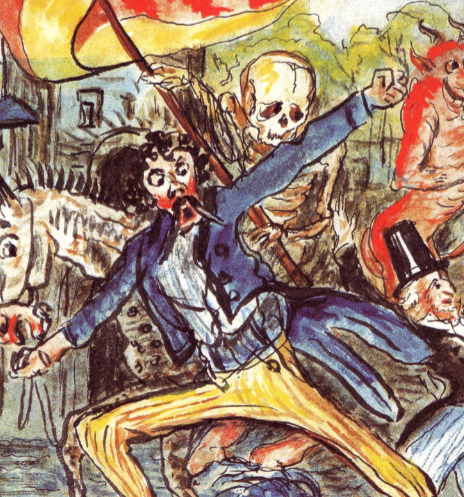
It really cannot be said that the Kölnische Stadtmuseum is concerned too little with one of its most significant artistic treasures, the oeuvre of the Rhenish historical painter and graphic artist Wilhelm Kleinebroich, quite to the contrary. In 1999 the brilliant monograph “Die Revolution des Malers Kleinenbroich” by Bonn-based historian Horst Heidermann was published there. […]
-
Corrupted States of Plutocracy. W.J. Linton´s North America – Cycle.
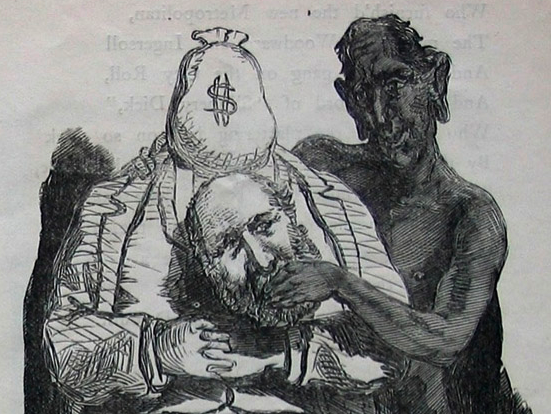
Lintoniana IX God send the Indian luck! / Success to the buck! / May his scalps be many and quick! / Guard his war, O Lord! through the thick / Of his foes! Give him luck! (W.J. Linton, 1871) In 1866 William James Linton moved to New York because, as he confessed in his autobiography, […]
-
Cartoons Social and Political , London, 1893
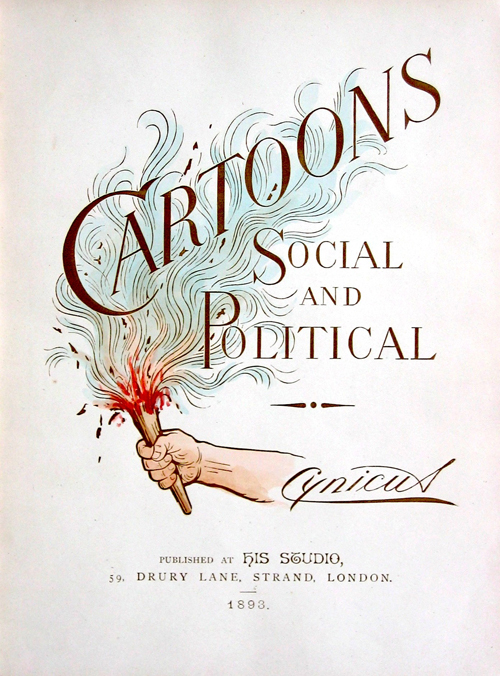
“Cynicus” was the penname of the Scottish cartoonist Martin Anderson, who became a successful cartoonist in London in the late 1880s. Critics praised him as the new Rowlandson, but when his hand-coloured “Cartoons Social and Political” appeared in 1893, he was blamed for being “almost brutal” in his directness. Their socialist impulse was promoted by […]
-
Slavs and Tatars Presents “Molla Nasreddin”
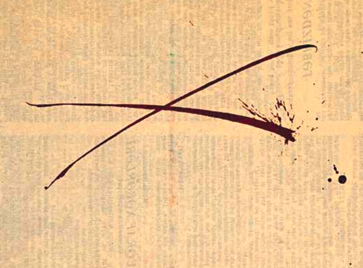
In a second-hand bookstore in Baku, Azerbaijan a group of international artists named Slavs and Tatars came across some volumes of the once wide spread historial Azeri magazine Molla Nasreddin. “It was bibliophilia at first sight. Its size and weight, not to mention the print quality and bright colors, stood out suspiciously amongst the meeker and dusty […]
-
The cartoonist and the president. Ali Ferzat and Bashar al-Asad.

In August 2011, Ali Ferzat, the well-known Syrian cartoonist, was molested in Damascus. Returning home from work in the middle of the night, he was dragged from his car, beaten up and dumped along the airport road outside of town. His attackers especially targeted his head, eyes and hands. On YouTube one could see photographs […]
-
Dangerous Drawings: Cartoons in the Arabian Revolution
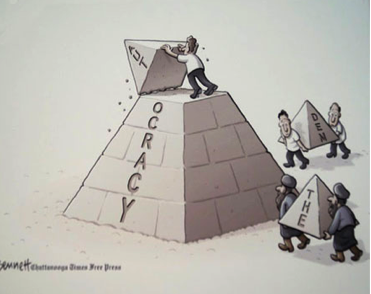
21.3.2011 The Power of Image – International Conference on Caricatures in Egypt Caricatures as vehicles of political and social propaganda are the subject of an international conference organised in Egypt by Heidelberg University’s Cluster of Excellence “Asia and Europe in a Global Context”. It is organised by research project B1 “Satire”, supervised by Prof.D. Hans […]
-
Ein Münchner im Milljöh. “Berliner Bilder” von Karl Arnold
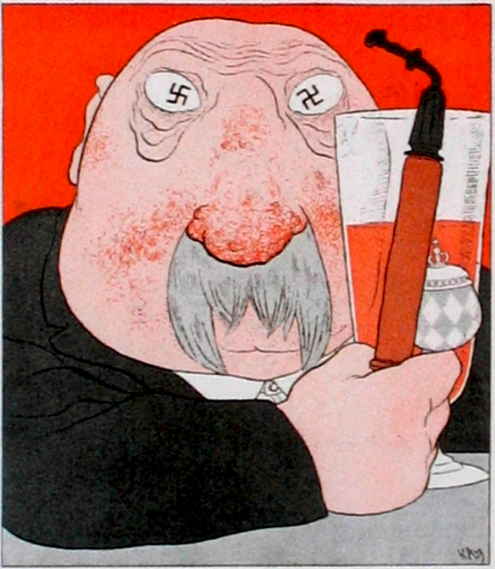
Not translated: Seit 1921 betätigte sich Karl Arnold, einer der Hauptzeichner und Miteigner des Münchner Satiremagazins Simplicissimus, als Chronist des “wilden” Lebens in der preußischen Metropole. Seine Berliner Bilder erschienen in unregelmäßiger Folge und brachten es auf insgesamt 48 Blatt. Mit der Publikation eines gleichnamigen Sammelbandes hatte die Reihe dann 1924 auch ihren Abschluß gefunden. […]
-
Against Daumier. A Revision of Early French Caricature and Social Graphics
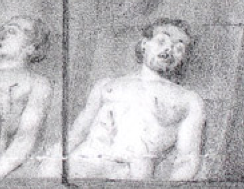
-abridged version- L’imagination au pouvoir – Imagination to power (Charles Fourier) One has settled down comfortably with Honoré Daumier. “There is hardly another artist who has become such an epitome of an entire art genre,” (1) Thomas Gaehtgens wrote in his text on the French illustrator published in 1979, and what he meant was the […]
-
The Empty Image as Weapon. Charles Gilbert-Martin´s Anti-Censorship Campaign
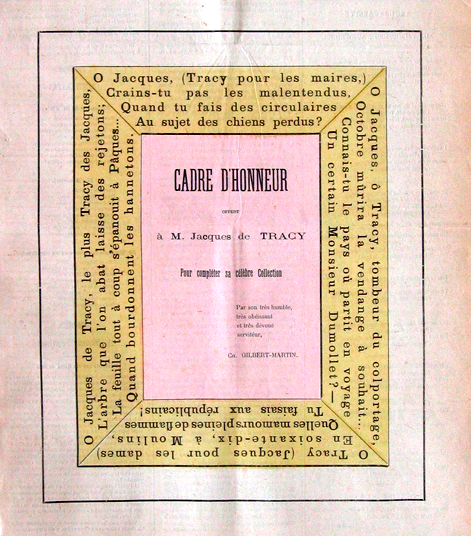
Charles Gilbert-Martin, along with André Gill, Alfred Le Petit and Thomas Nast, counted as the main protagonists of the second wave of the caricature movement. What lent them unparalleled popularity in the field of art was less the graphical brilliance and enormous richness of ideas in their works than the back-breaking campaigns and skilful ambages […]
-
Willibald Krain and the Ashcan School. The Agony of Socio-Critical Press Graphics in the 20th Century
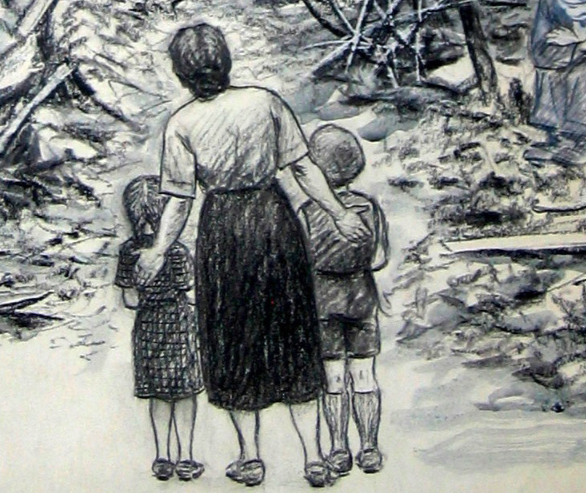
Willibald Krain became known during the First World War for his pacifistic prints portfolio “Krieg” [War] which was published 1916 in Zurich in three different language versions. Along with his mentor, Käthe Kollwitz, Krain ranked among the very few socio-critical artists in 1920s Germany whose work was internationally acclaimed. His illustrations and paintings were published […]